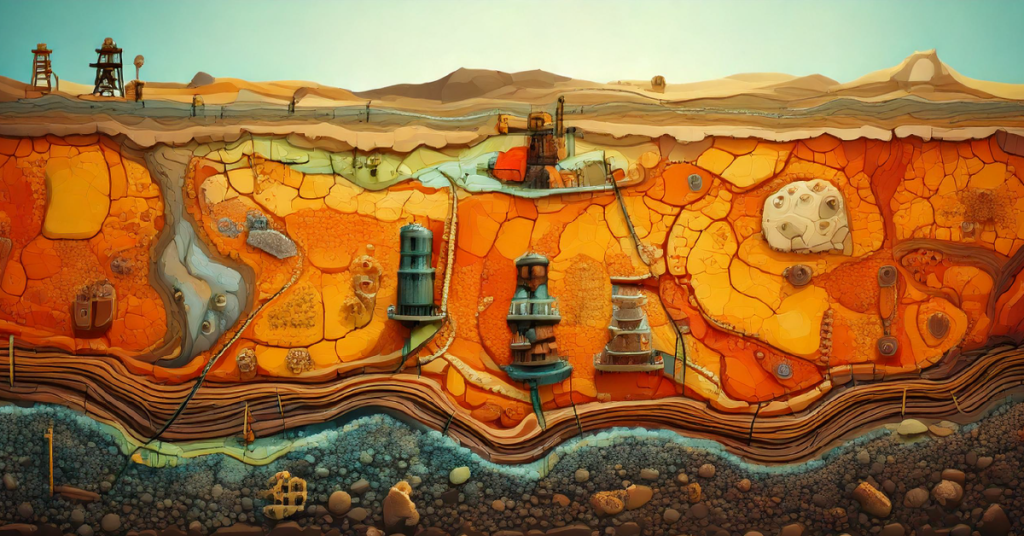Intensive Trainings

- This event has passed.
Practical Methods for Sequence Stratigraphic Prediction
2nd December 2022 - 6th December 2022

Why Choose this Training Course
Sequence stratigraphy has proven useful in the identification of critical elements of the petroleum system: reservoir, seal and source. This sequence stratigraphic prediction training avoids the academic debate on nomenclature and eustasy and focuses upon time-tested methods for hydrocarbon identification and exploitation using well logs, cores and seismic. Using a large number of real-world examples, participants learn methods applicable to compartments, fields, prospects, plays and basins. Conventional and unconventional reservoirs are considered. Source to sink predictive approaches are discussed in detail with practical exercises using real world data.
Who Should Attend
This sequence stratigraphic prediction training has been designed for working geoscientists who wish to learn practical methods that can be used in the workroom and on the workstation.
Key Learning Objectives
- Discriminate between lithostratigraphy and chronostratigraphy and understand how sequence stratigraphy improves exploration, development and production success.
- Assemble data for seismic stratigraphic analysis and contribute to planning and implementation of seismic stratigraphic projects to address play element uncertainty.
- Discuss methods for creating seismic facies maps using workstation seismic interpretation software.
- Evaluate well logs for characteristic patterns indicating system tracts, sequences and sequence sets and understand differences between low- to high-order.
- Assess stratal terminations to identify and correlate key surfaces (sequence boundaries, maximum flooding surfaces) on various types and vintage of reflection seismic data.
- Integrate biostratigraphic and physical stratigraphic observations from well data to establish local/global chronostratigraphic designations of depositional sequences.
- Evaluate and map non-amplitude based seismic facies and combine with isochore and amplitude maps to predict reservoir distribution.
- Assess other key elements of petroleum systems (seal, source, and stratigraphic trap) from integration of seismic and well data.
- Understand how source to sink analysis (advanced provenance work, empirical scaling relationships) supplement and enhance the sequence stratigraphic approach to basin techniques.


